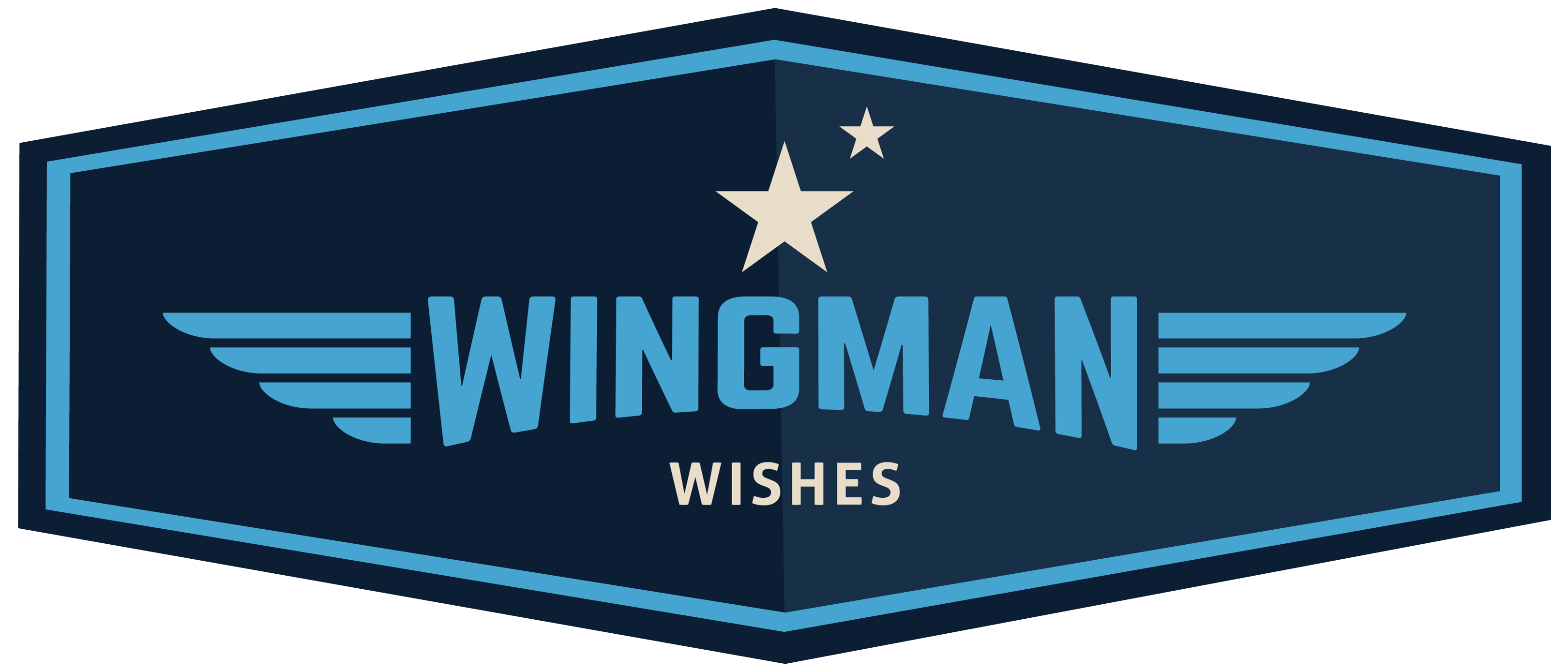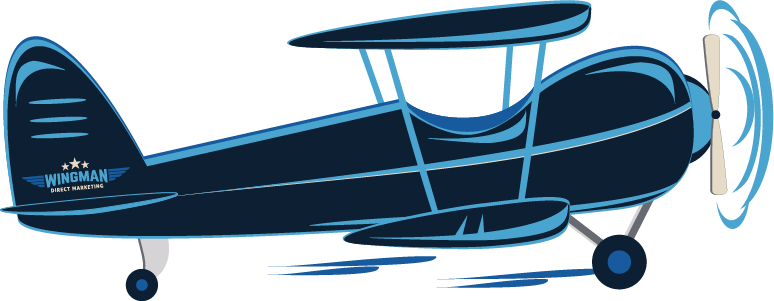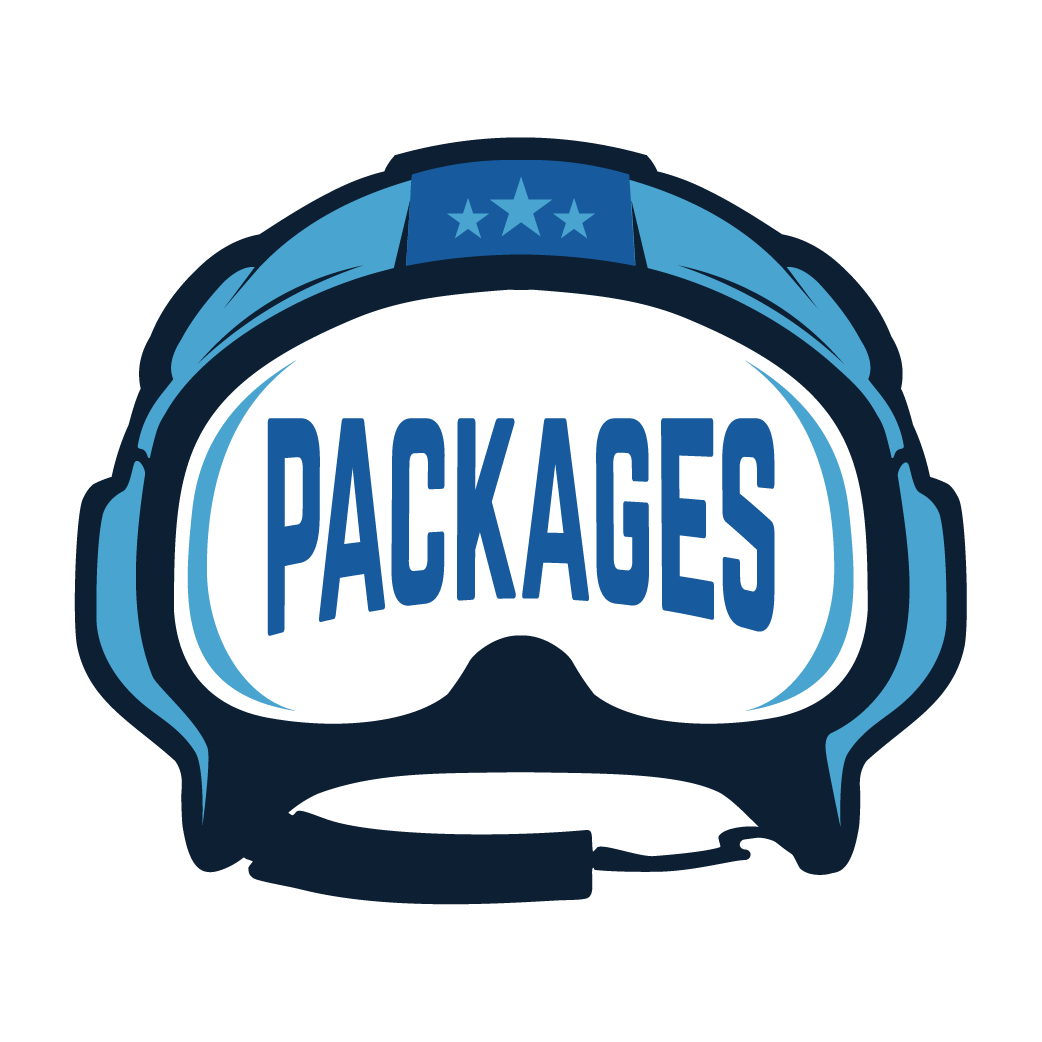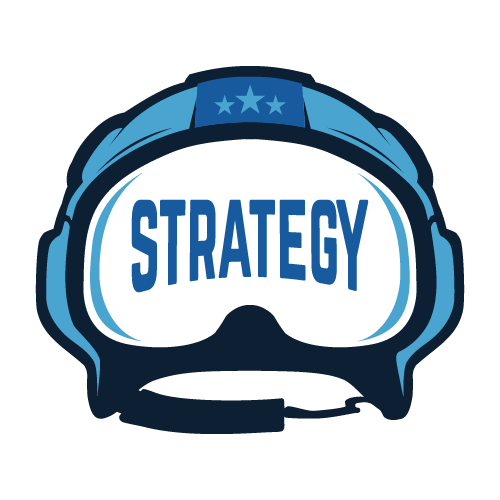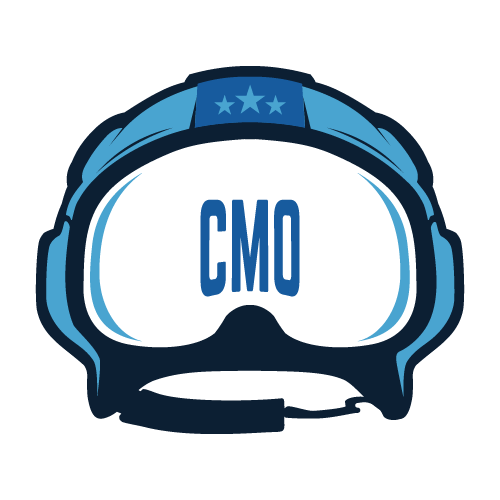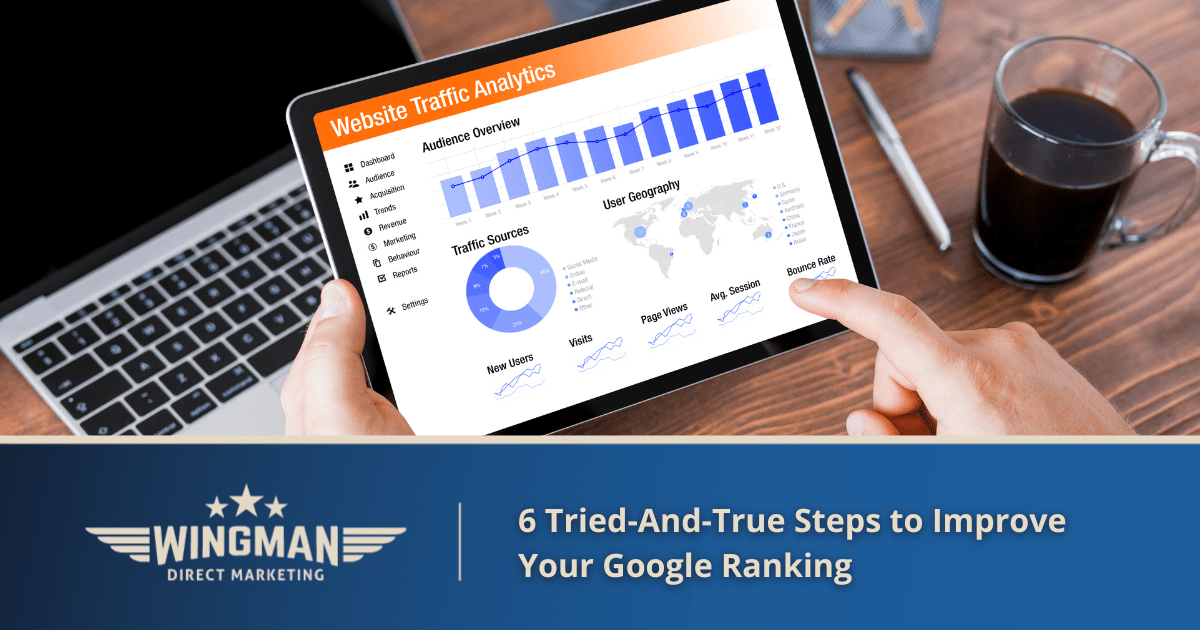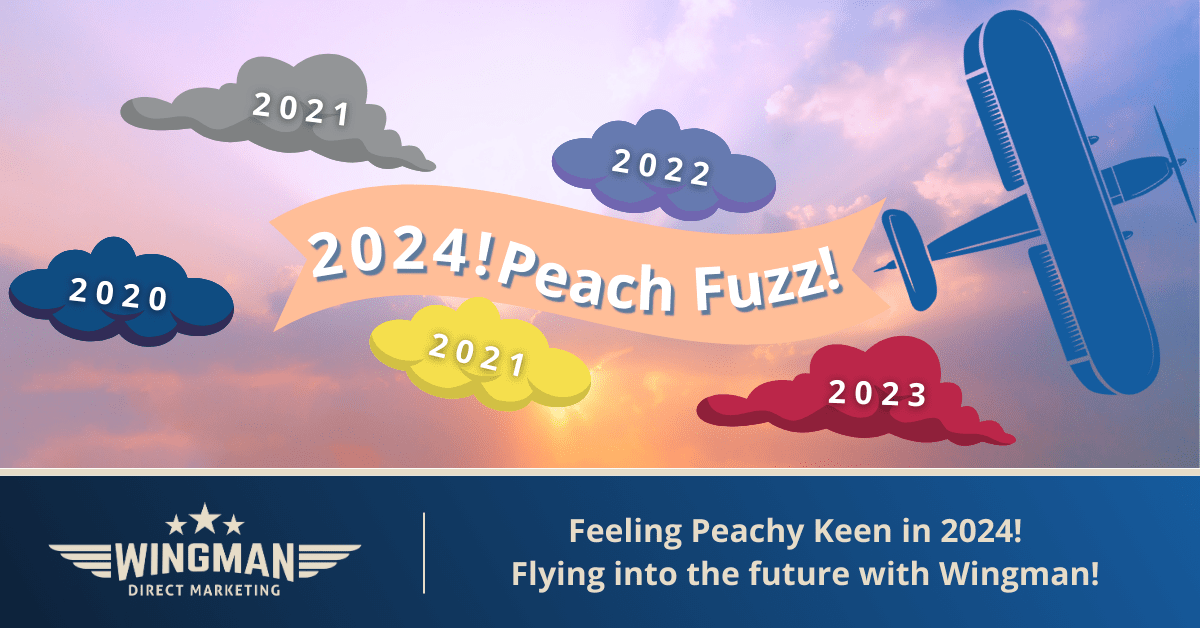To improve your Google ranking, sometimes you must dip back into tried-and-true tactics. Unlike in the movie, “Field of Dreams,” if you build it, they will NOT come.
You have a beautifully designed and developed website. You might even have Pulitzer award worthy content. It won’t mean a thing if no one can find your site. Ranking well in Google (or Bing or Yahoo) search results is the best way to ensure visibility for your website.
There have been constant changes in search engine optimization (SEO) over the past half decade and likely will be for the next five years also. Going back to the basics remains your best shot to improve your Google ranking.
Serving Two Masters
At Wingman Direct Marketing and Digital Advisory, we talk regularly about the need for your website to serve two Masters simultaneously:
- the search engine algorithms
- the human eyeballs that view your content
Your website needs to work hard to attract both. To improve your Google ranking, your web pages need to attract the bots always at work looking at multiple metrics to determine your page’s authority. After using Google’s search to find your site, your visitors now must find what they wanted, be entertained and/or educated, and be guided in what to do next.
6 steps to improve your Google ranking
Below are six back to the basics immediate steps you can take to improve your Google ranking:
- Identify your target keyword/keywords for each page and blog
- Your URL tells the searcher what they will find
- Meta description tells a (very) short story
- Organize your content with logical headings/subheadings
- Your images are worth 1000 words (or more)
- Internal and external links
1. Identify your target keyword/keywords
While the 6 steps of this article are not in any purposeful hierarchy order, key words are the de facto top weighted variable in your rank listing. It’s crucial to identify your targeted keyword. Then, ensure your page copy is written with determined keywords in mind.
To improve your Google ranking, you must do your research, identify your keyword opportunities – including your competitor key words – and develop your list of keywords. Then, optimize your writing with SEO key words in mind. It is recommended you include your key word in your page titles – ideally at the beginning. That way, people will be able to easily identify your website is where they will find the content they’re looking for.
Wingman Wingtip
Always write for the user first; then optimize the content for SEO. Writing for keywords first comes across as awkward.]
2. Your URL tells the searcher what they will find
Like page title, your URL should be descriptive enough to tell the search engine what your page is about. It should be intuitive enough that the user can determine what the page is about also. Search results pull to the user pages that relate to their search based on the search algorithms, but ultimately, it is a human that will select the page they visit. The URL remains a key deciding factor in what a user clicks or not. In this way, it is vital you include the target keyword in the URL.
Wingman Wingtip
Sharing links is as easy as a click. Often, people receive your URL without ever going to a search engine. It can be included in a social media post, an email, a text, etc. Being short and to the point, provides a clear understanding of the content before a user clicks the URL.
3. Meta description tells a (very) short story
A meta description is the short couple of sentences users see when your page shows up on Google or any other search engine results page. Located under the page title, it summarizes what your web page is about, and what you’ll want to rank for ultimately.
This section is your chance to really sell the content users will see when they click your links, so the meta description will have a major influence on whether users visit your website. Remember though, there are a few dos and don’ts of meta descriptions you’ll want to utilize. The summary should set up the reader’s expectations for what they’ll get by clicking.
Wingman Wingtip
You must “hook” your target audience or provide a clear call-to-action that conveys the value of visiting your page. Anything you can to entice them to click on that link! And do so by including your primary keyword(s).
4. Organize your content with logical headings/subheadings
No one likes to read a wall of text. By using headings for both readability and crawlability, it will give your site a clean look that’s not only easy on the eyes but also easy on crawlers.
Using your primary keyword in H1 headings, and at least your first H2 heading, if possible, allows search engines to understand the topic of your page. The same goes for your readers — they’ll have a better understanding of what’s written, simply by scanning the headings to see the main points that will be covered in the article. Not only does this help to answer their initial search, but you could also become a trusted resource as a high-quality resource in the future.
Ranking in Google and readable content = SEO gold! Since organized content is easier to digest, be sure to utilize:
- H1 headings for titles
- H2 headings for section titles
- H3 headings for subsection titles
Wingman Wingtip
Search engines crawl H1, H2 and H3 headings first. Your SEO will score higher. You will improve your Google ranking by including your keyword or words in H1 headings, and at least your first H2 heading, if possible.
5. Your images are worth 1000 words (or more)
Images are great additions to any website page. Not only do they provide a break from long strings of text, but they help users to visualize the content as they read along.
You want to follow these basic steps when choosing your image:
- Choose the right image format — make sure the image is compressed
- Choose a UNIQUE image. Stock images are easily ignorable if everyone’s using the same. Consider skipping page 1 of your stock image search results if you can
- Write the alt text to be SEO friendly
Following these guidelines to optimize your image is crucial. Being sure to make your file name an accurate reflection of the image will not only aid you in keeping your media organized, but it will provide Google with more information about your content to help the ranking.
Wingman Wingtip
Your image alternative text aka “alt text” is your pages’ search engine secret weapon. It is weighed heavily by search engine algorithms and should not be overlooked. Not only does it allow the image to be more accessible for vision-impaired users, but it is also a key metric that tells Google what your image is about.
6. Internal and external links
Why is it important to build links? Doing so tells Google that you’re a trusted resource, and that’s huge if you want your site to rank. Also, according to Google, this can be one of the most crucial factors in terms of rank.
Link building is a process that is not easy and may take time. You need to have the other SEO elements optimized in your writing first, and that will allow your relevance to shine. Those who choose to buy links instead of using the proper flow of SEO optimization may see the repercussions of this. Take your time to build them naturally instead.
For instance, you could write guest posts in exchange for a link back to your site or try submitting your content to a publication or forum within your industry. Focus on good, quality content that can be ranked. Then, continue to build links from authoritative websites.
Wingman Wingtip
You are not likely the first person or the first business to come up with the idea written on your page or blog post. Add at least one external link to every page or post to show credibility. If well thought out and done diligently, these links make you look like the subject matter expert that pulled numerous ideas together to form a unique take.
Tying Your Website to Brand Visibility
As a bonus 7th tip to improve your Google ranking, Wingman recommends you always tie your website pages and posts to your branding consistently. The bottom line is that you want people to see your website – and for Google to find it – but they won’t until you make sure it is optimized. Through the above tips, we hope you’ve learned the importance of SEO for your site’s ranking success.
Need help with your findability? Need a better understanding of how what’s under the hood of your website is just as important as the paint job? Book a Wingman today! You don’t have to fly solo!


